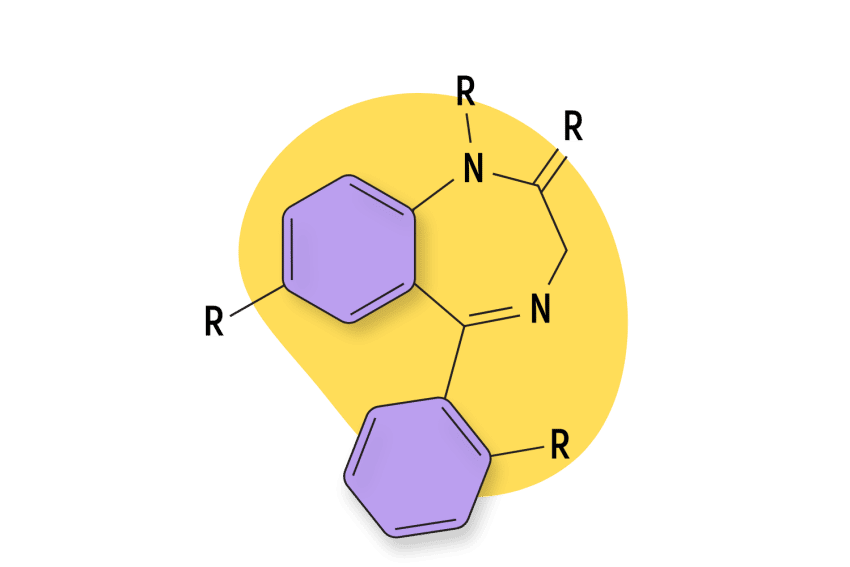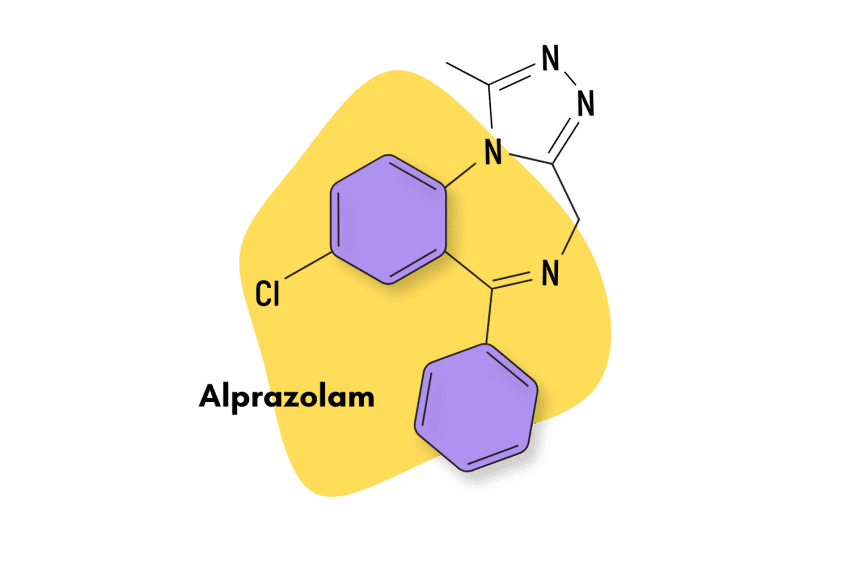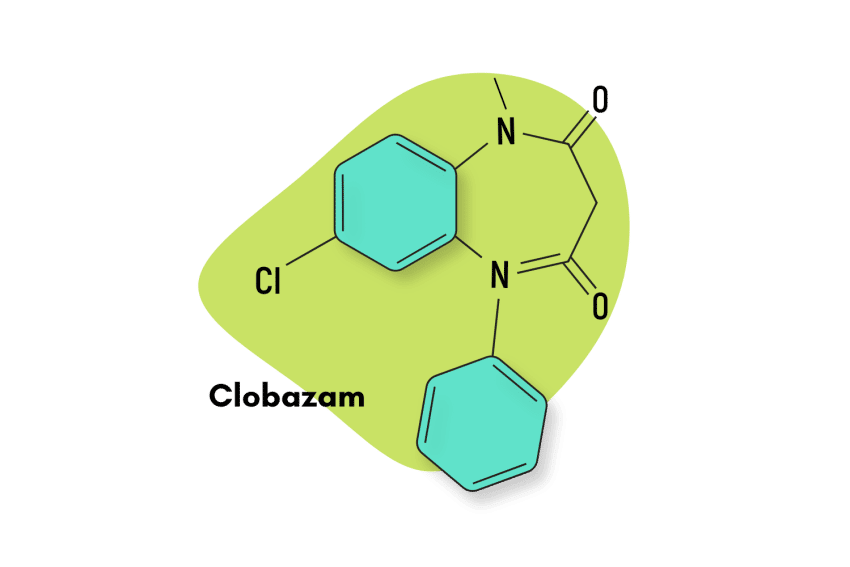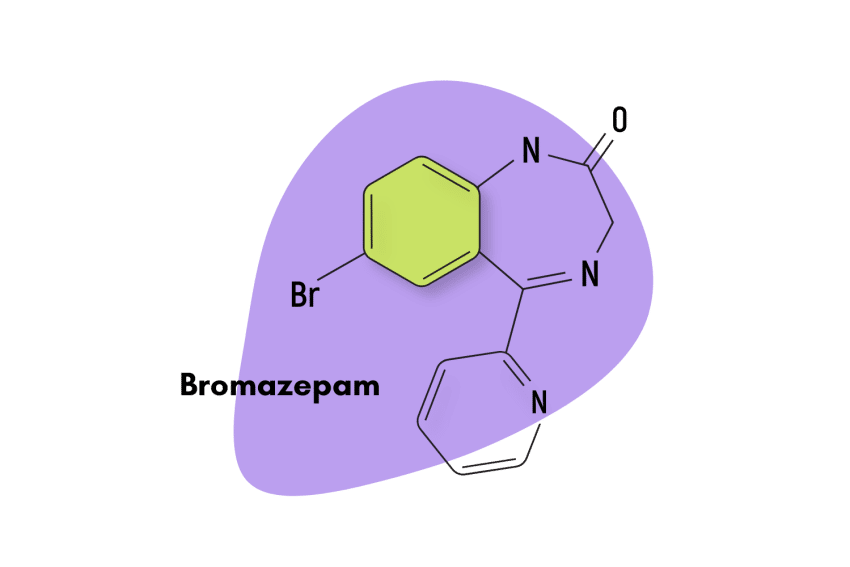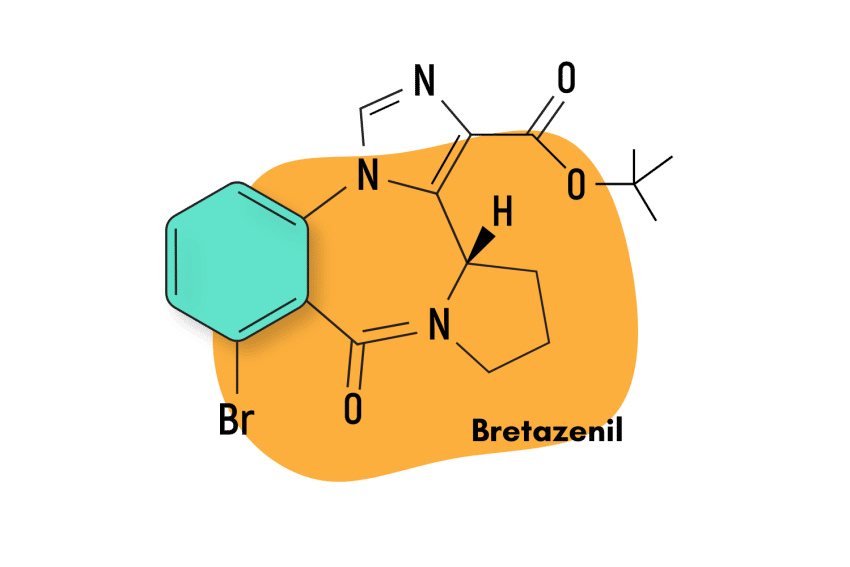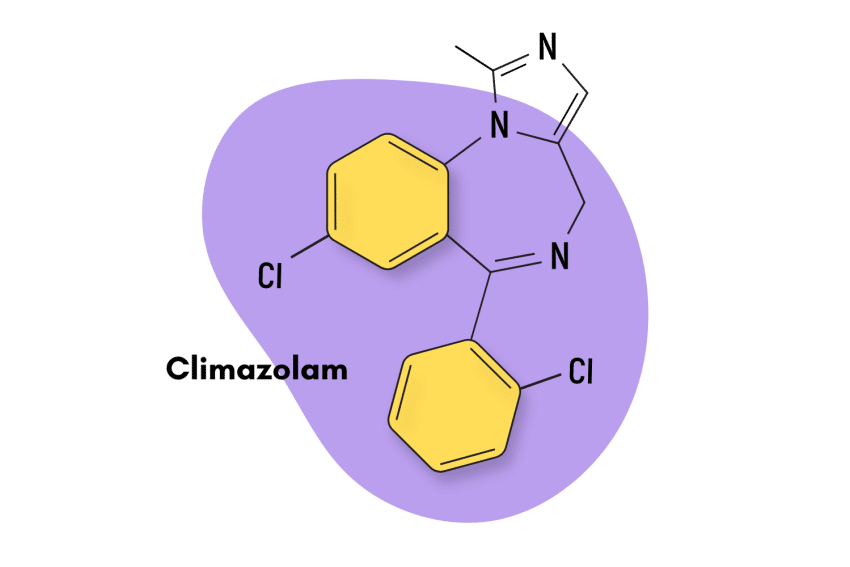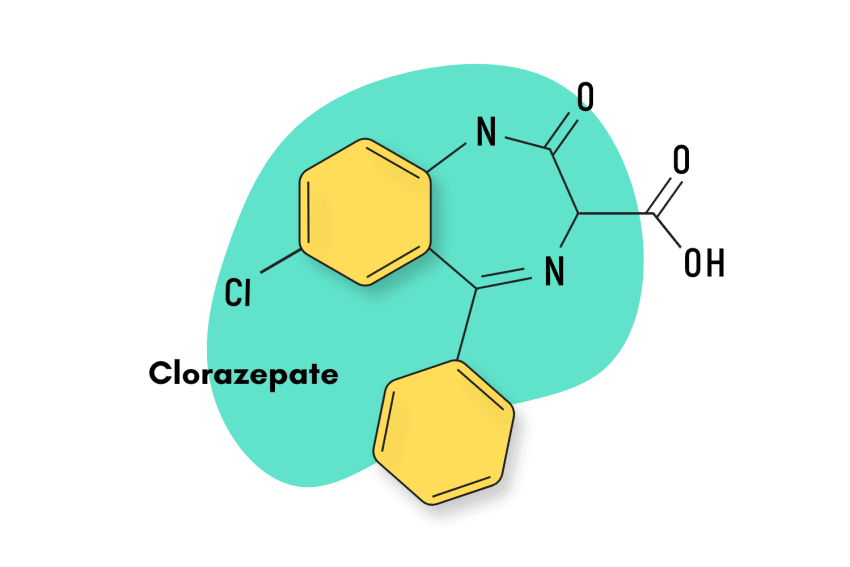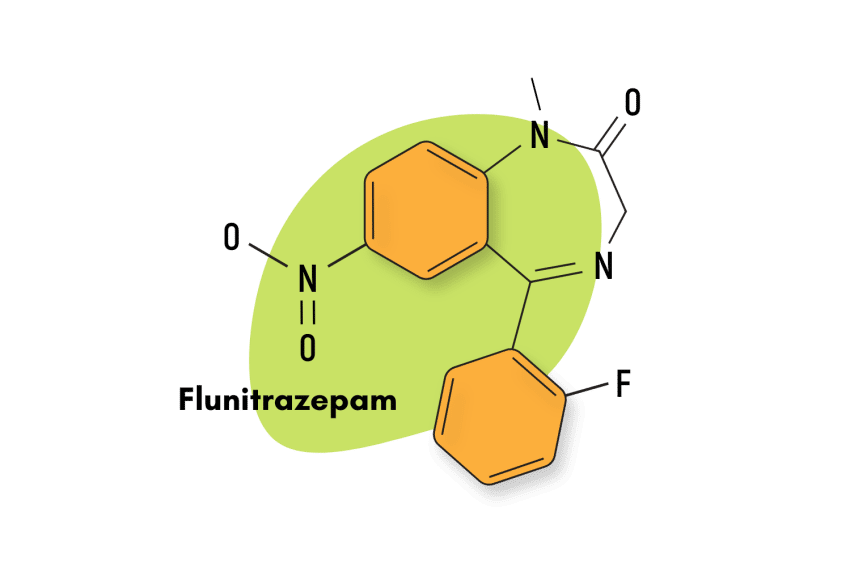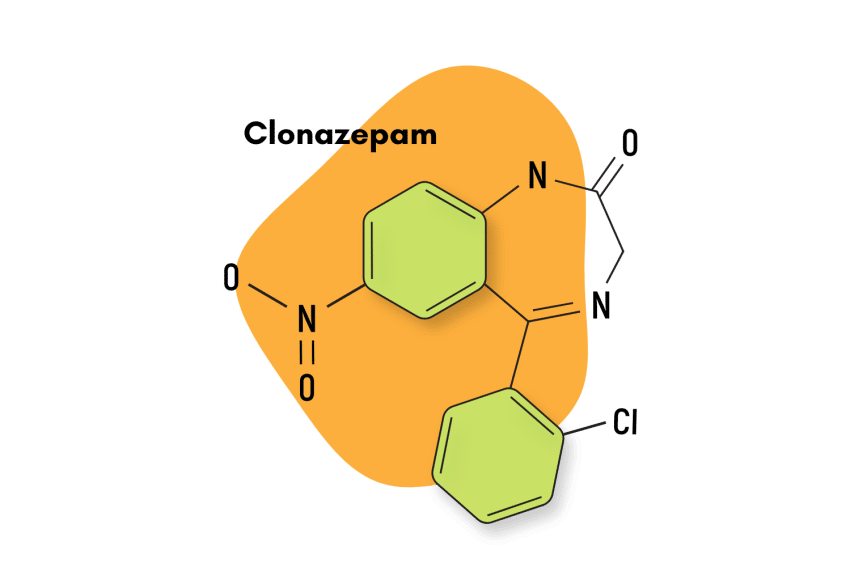Clazolam Fact Sheet & Harm Reduction Guide
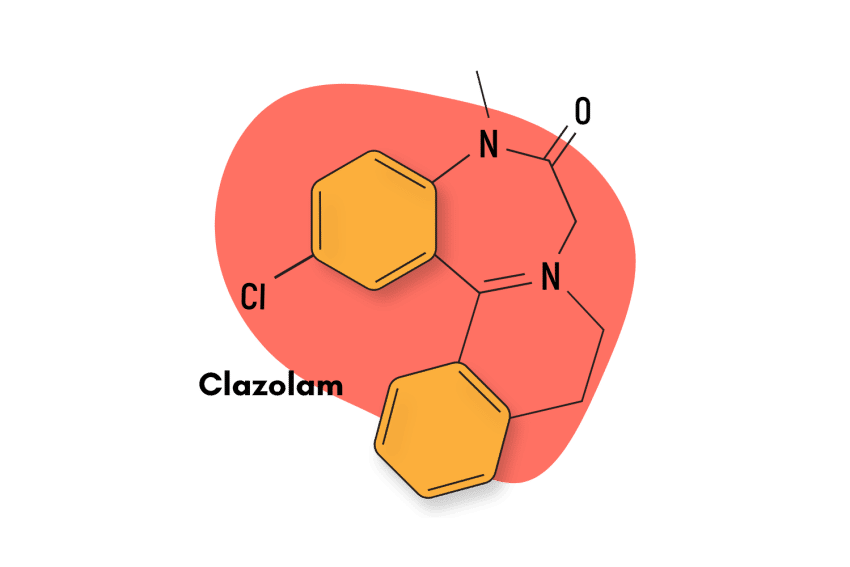
Clazolam, also known as SAH-11232 and isoquinazepon, is a benzodiazepine of the tetrahydroisoquinobenzodiazepine class. It has the distinction of being the only member of this subclass to be of any clinical interest.
Tetrahydroisoquinobenzodiazepines are defined by the combination of a benzodiazepine with a tetrahydroisoquinoline skeleton [1].
There’s been a lot of interest in this class because it combines the powerfully sedative and anxiolytic benzodiazepines with the dopaminergic and adrenergic tetrahydroisoquinolines. However, drug developers have had a hard time finding combinations that offer any therapeutic benefit aside from clazolam.
Clazolam Specs
IUPAC Name: 2-chloro-5-methyl-5,9,10,14b-tetrahydroisoquino[2,1-d][1,4]benzodiazepin-6(7H)-one
Other Names: SAH-11232, isoquinazepon
Metabolism: Unknown
Duration of Effects: Unknown
Benzodiazepine Dosage Equivalency Calculator
**Caution:** Benzodiazepines have a narrow therapeutic window. Dose equivalents may not be accurate in higher doses.
This calculator does not substitute for clinical experience and is meant to serve only as a reference for determining oral benzodiazepine equivalence.
Please consult a medical practitioner before taking benzodiazepines.
How Does Clazolam Work?
For unknown reasons, all scientific research on clazolam has been scrubbed from digital databases, and no patent entries can be found for clazolam, SAH-1123, or isoquinazepon. So, in terms of the knowledge needed to understand clazolam’s pharmacology, this compound remains a mystery.
Little research suggests that clazolam has meaningful anxiolytic properties [1].
In reality, this information tells us next to nothing, as virtually all non-atypical benzodiazepines have some measure of anxiolytic action. From these properties, we can reasonably assume that clazolam likely exerts its effects through the classic GABA-mediated pathway, but this is also of limited value since we have no understanding of the particularities of clazolam’s pharmacology that are necessary to really understand its profile.
For instance, no meaningful studies can show us how the unique tetrahydroisoquinoline nature of clazolam plays a role in its pharmacology.
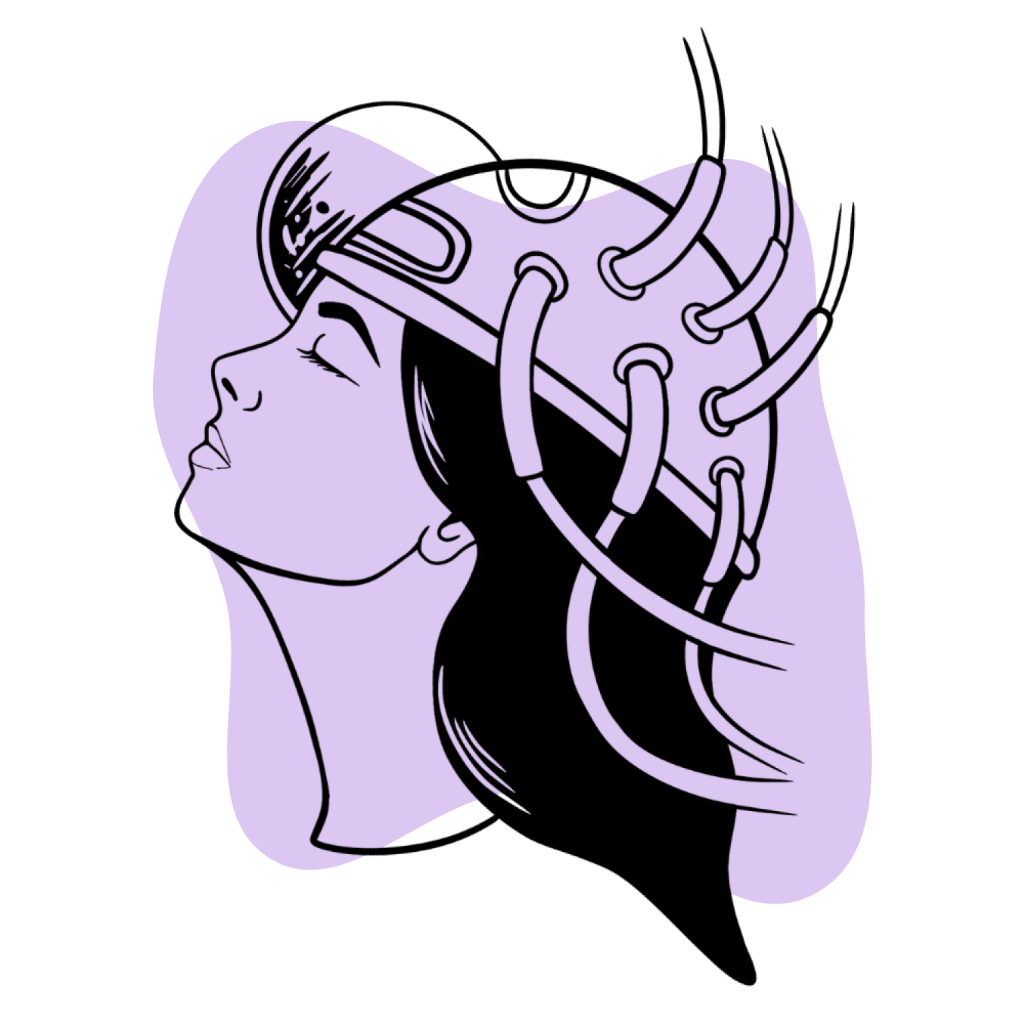
Is Clazolam Safe? Risks & Side Effects
Again, we can only speculate, but clazolam likely shares a similar risk profile to most other benzodiazepines.
The vast majority of medically approved benzodiazepines share a Schedule IV classification under the Controlled Substances Act, which signifies that, despite their medical potential, they also carry the risk of misuse and physical dependence. It’s not uncommon for users to experience withdrawal effects when weaning off benzodiazepines.
Meaningful differences exist within benzodiazepines regarding risk level, but these are mainly determined by specific pharmacological and pharmacokinetic particularities such as potency, elimination half-life, the onset of action, etc. And since we don’t know anything about clazolam in this regard, it is impossible to make meaningful conclusions about its risk level.
Side Effects of Clazolam
We cannot know how the unique nature of clazolam affects its side effects profile, but the underlying pharmacological similarity of benzodiazepines means these compounds largely share the same set of adverse effects, although there is some degree of variation.
The typical benzodiazepine-related side effects include:
- Aggression
- Confusion
- Confusion
- Constipation
- Depression
- Dizziness
- Drowsiness
- Excessive sedation
- Headaches
- Irritability
- Loss of orientation
- Memory impairment
- Nausea
- Short-term memory loss
- Sleep disturbances
- Slurred speech
- Unsteadiness (can lead to falls in elderly patients)
- Weakness
More serious but rarer side effects include:
- Ataxia
- Blood disorders
- Changes in libido
- Gynecomastia
- Jaundice
- Low blood pressure
- Rashes
- Syncope
- Tremors
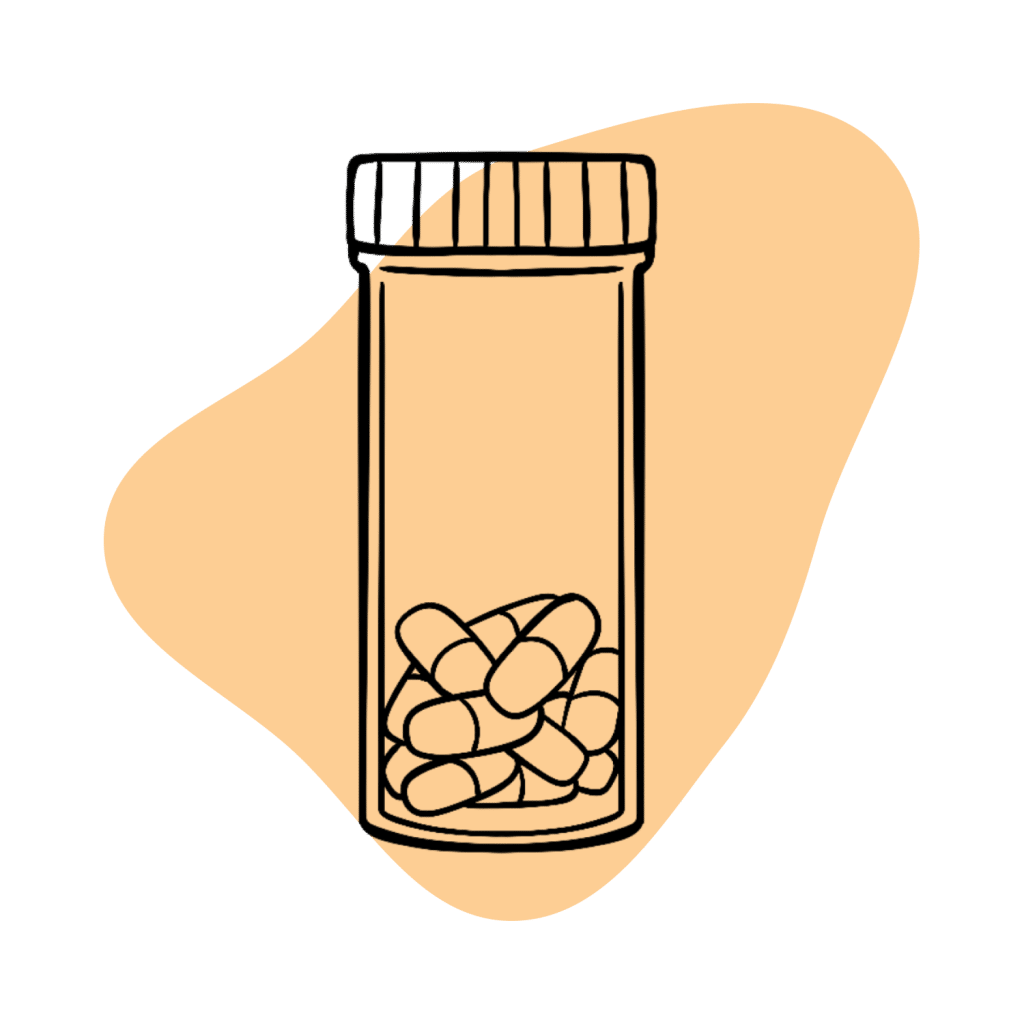
Benzodiazepine Withdrawal & Dependence
Virtually all benzodiazepine compounds can engender physical dependence and withdrawal symptoms in users. This well-known factor in benzodiazepine usage is the primary concerns doctor have to hedge against when determining how to proceed with a patient’s benzodiazepine treatment.
Differences exist when it comes to the dependence liability of benzodiazepines, though. For instance, certain partial agonist, low potency compounds with long-elimination half-lives are much less likely to cause dependence than other benzodiazepines. Certain benzodiazepines are so dangerous in this regard that doctors don’t prescribe them for more than seven to 10 consecutive days.
To reduce the chance of developing dependence, benzodiazepine users should always strive to limit their exposure to their given benzodiazepine in terms of dosage and duration of treatment. The more a drug is used and the longer it is taken, the likelier it is that dependence will form.
Harm Reduction: Clazolam
Clazolam is not available on the legal market, and there is no meaningful record of clazolam being abused as a designer drug. However, it is still helpful to go over some basic but effective harm-reduction principles that can be applied to pretty much all prescription drugs.
Benzodiazepine Harm Reduction Tips:
- 🥣 Don’t mix — Mixing benzodiazepines with other depressants (alcohol, GHB, phenibut, barbiturates, opiates) can be fatal.
- ⏳ Take frequent breaks or plan for a short treatment span — Benzodiazepines can form dependence quickly, so it’s important to stop using the drug periodically.
- 🥄 Always stick to the proper dose — The dosage of benzos can vary substantially. Some drugs require 20 or 30 mg; others can be fatal in doses as low as 3 mg.
- 💊 Be aware of contraindications — Benzodiazepines are significantly more dangerous in older people or those with certain medical conditions.
- 🧪 Test your drugs — If ordering benzos from unregistered vendors (online or street vendors), order a benzo test kit to ensure your pills contain what you think they do.
- 💉 Never snort or inject benzos — Not only does this provide no advantage, but it’s also extremely dangerous. Benzos should be taken orally.
- 🌧 Recognize the signs of addiction — Early warning signs are feeling like you’re not “yourself” without the drug or hiding your habits from loved ones.
- ⚖️ Understand the laws where you live — In most parts of the world, benzodiazepines are only considered legal if given a prescription by a medical doctor.
- 📞 Know where to go if you need help — Help is available for benzodiazepine addiction; you just have to ask for it. Look up “addiction hotline” for more information where you live. (USA: 1-800-662-4357; Canada: 1-866-585-0445; UK: 0300-999-1212).
Clazolam Drug Interactions
Potent pharmacological compounds, be they prescription or not, should only be mixed with the utmost care and with the approval of a licensed doctor. When it comes to drug use, both legal and illegal, it is a well-known fact that mixing compounds is the most common way people expose themselves to severe risks.
Everyone should be aware of an especially common but deadly combination, and that is the concomitant use of drugs which can depress the central nervous system. CNS-depressant compounds such as benzodiazepines, alcohol, opioids, and barbiturates should never be mixed unless it’s with the guidance of a physician. Why? Because the combined effect on the nervous system can quickly put the user at risk of respiratory depression: the leading cause of death among drug overdoses.
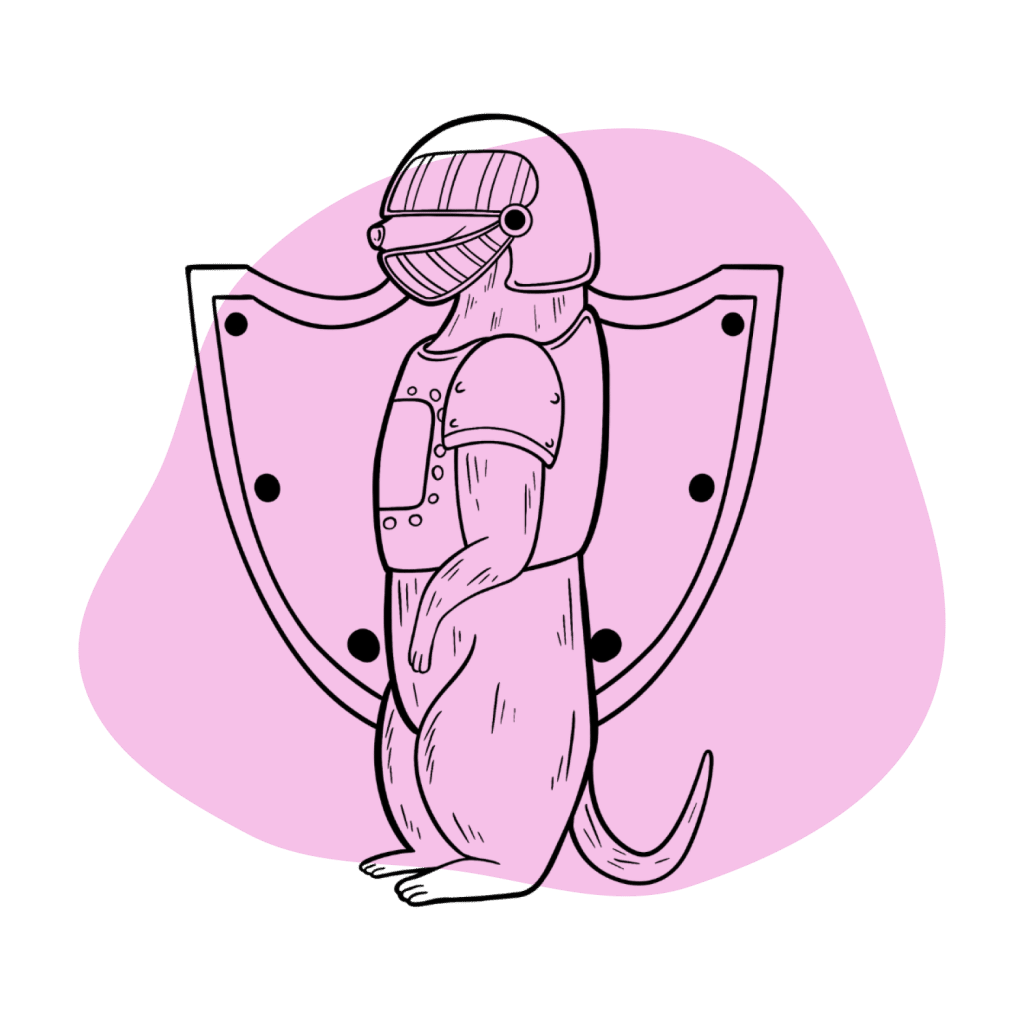
Clazolam Contraindications
All prescription drugs have a set of associated contraindications of which users should be aware. The process by which prescription drugs are prescribed can usually alert most patients to possible contraindications, but this doesn’t apply to recreational users.
If a patient uses a particular drug recreationally, the least they can do is check online to see if they might be contraindicated for that specific drug. Unknowingly engaging in a contraindication is a common way users will put themselves at risk.
Similar Benzodiazepines
This section usually offers up a couple of comparable benzodiazepine compounds, but the truth is that when it comes to clazolam, there is no meaningful comparison to be made.
Clazolam is the only tetrahydroisoquinobenzodiazepine to have received attention from pharmaceutical developers, and since we don’t know anything about its pharmacology, we cannot compare it to other benzodiazepine compounds.
Natural Alternatives to Benzodiazepines
What we can do, however, is introduce some of the excellent natural alternatives to benzodiazepines which have gained popularity in recent years.
Valerian Root
Valerian root is a herb native to certain parts of Europe and Asia and enjoys a long natural history as a sedative compound. Active ingredients found in the valerian root interact with GABA receptors in the same way as benzodiazepines, meaning they are allosteric modulators [2]. However, valerian root also employs other mechanisms of action, like its ability to interfere with the metabolism of GABA.
Like most natural compounds, valerian root displays a more benign side effects profile relative to pharmacological compounds and less liability to cause dependence.
Kratom
Kratom (Mitragyna speciosa) is a tropical evergreen plant species with a wide assortment of recognized benefits. In low doses, kratom is a euphoric stimulant, offering potent cognitive benefits. In contrast, in mid-to-high doses, kratom begins acting more like an anxiolytic but also displays analgesic benefits. As more kratom is consumed, sedative effects begin taking over [3].
Compared to pharmacological compounds, kratom is still safer regarding side effects and dependence liability. Still, in the realm of natural compounds, it can be considered one of the more risky drugs. This is primarily because of kratom’s interaction with the body’s opioid receptors. However, when taken by itself and in responsible doses, kratom is relatively safe.
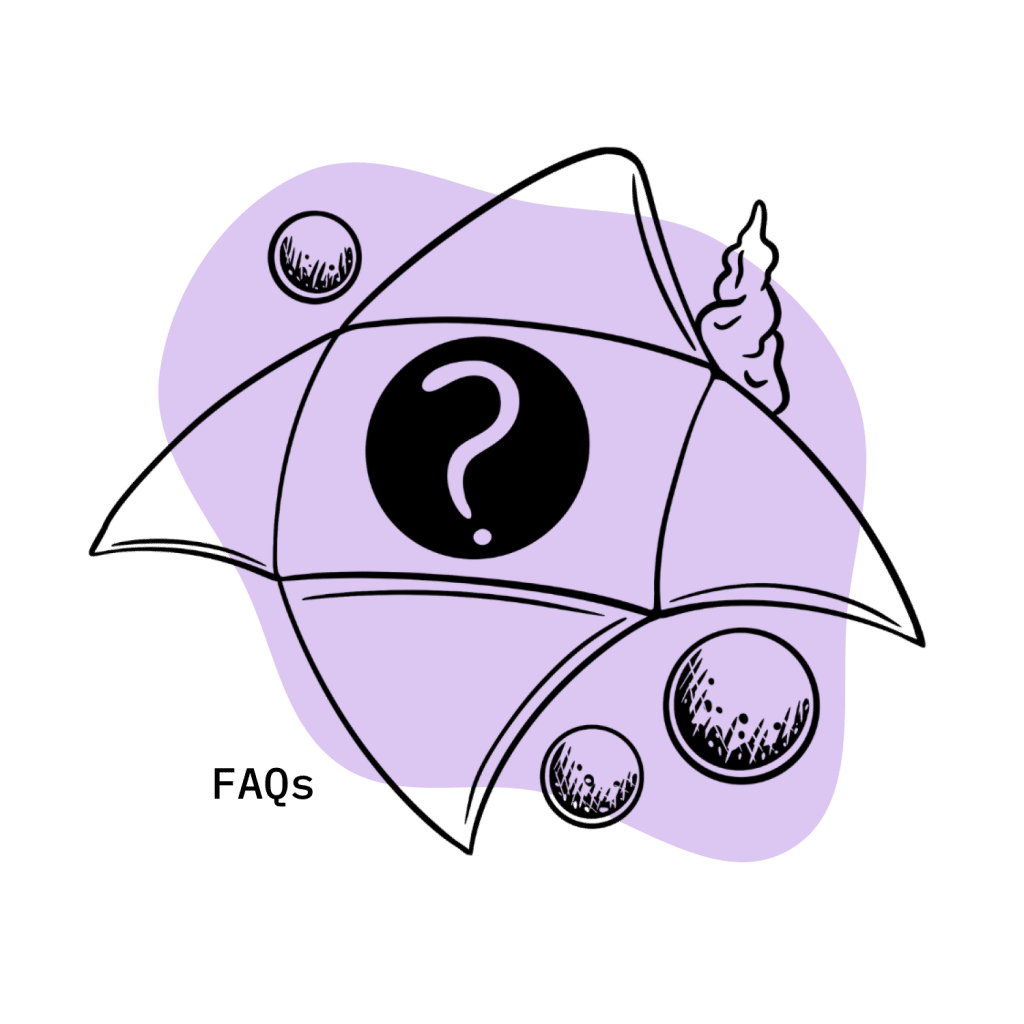
Clazolam FAQs
When was clazolam developed?
Clazolam was developed in the 1960s but was never marketed.
What are tetrahydroisoquinolines?
Tetrahydroisoquinolines are a very large and diverse group of compounds, primarily classified as alkaloids, a naturally-occurring classification of compounds produced by plants and animals and usually possessing pharmacological properties.
References
- Potikha, L. M., & Kovtunenko, V. A. (2009). Synthesis and properties of 3-aminodihydroisoquinolines. Russian Chemical Reviews, 78(6), 513.
- Patočka, J., & Jakl, J. (2010). Biomedically relevant chemical constituents of Valeriana officinalis. Journal of applied biomedicine, 8(1), 11-18.
- Eastlack, S. C., Cornett, E. M., & Kaye, A. D. (2020). Kratom—Pharmacology, clinical implications, and outlook: a comprehensive review. Pain and therapy, 9(1), 55-69.

